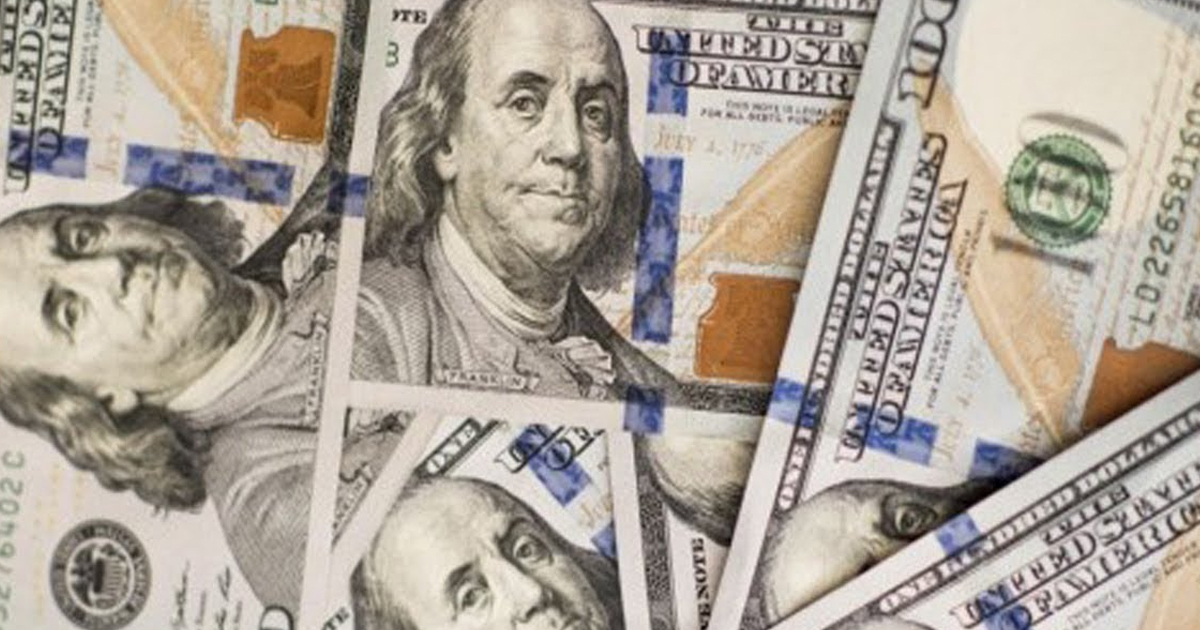Here at The Ring of Fire, we have covered the issue of the gender pay gap, and how women are paid only 84-93 percent of what men receive for the same jobs. Apparently, that’s not enough for a male-dominated society. It turns out that not only is women’s labor worth less, the products they routinely purchase and use carry higher price tags – even when those products are virtually identical to those used by men.
This is something that many women have been noticing for decades. Now, a study from the New York City Department of Consumer Affairs (DCA) confirms it. That study, entitled “From Cradle to Cane: The Cost of Being a Female Consumer,” found that on average, women are charged 7% more for products – even if they are identical to those marketed to men. The only difference in the vast majority of cases is the packaging.
The “pink tax” starts out early in life. When it comes to toys and other items for children, such as backpacks, sporting equipment, and arts and crafts supplies, those marketed for girls are priced higher than those targeted toward boys, more than half the time. In some cases, the difference is so great as to be ludicrous. Here is one of the more egregious examples: in October, Target was selling a Radio Flyer scooter for boys for $24.99. The girls’ scooter was priced at twice that amount. What was the difference? The paint job. The “boy’s scooter” is red, while the “girl’s scooter” is pink. Interestingly, since this study came out, that price disparity has disappeared, at least for the scooter.
Girls don’t fare much better when it comes to clothing. The study found that it costs parents 4% more on the average to clothe their daughters than it does to clothe their sons. Shirts that are otherwise identical cost as much as 13% more when marketed to girls.
The situation does not improve when the girls move on into womanhood. For example, personal care products, such as razors and shampoo cost women 56% more on average than they do for men – even when such products are virtually identical or contain the same ingredients. Clothing worn by both genders (such as polo shirts) are priced 15% more when packaged and marketed to women.
The price disparity continues into the “Golden Years.” Items such as braces, canes, compression socks, supplements and other health care products for the elderly cost women an average of 8% more than they do for men.
The one issue on which the study is not completely clear is why this should be. Some explanations are offered. For example, the study points out that most clothing items sold in the U.S. are imported from abroad. Congress (yes, the same Congress that continues to fight pay equality for women) sets tariffs that “are explicitly based on gender.” Apparently, U.S. retailers import more women’s clothing items than they do those for men – and as a result, women’s goods bring in more tax revenue at the ports of entry. When it comes to personal care products, where the differences in pricing are at their greatest, the study attributes the discrepancies to “research and development that go into product creation” – in other words, marketing. It seems that it costs manufacturers and retailers more to advertise to women than it does to men. It’s also worth noting that many personal care products are used more frequently and longer than items such as clothing and accessories.
New York City has laws in place that prohibits service providers, such as hair salons and dry cleaners, from engaging in discriminatory pricing. However, when it comes to retail pricing on tangible consumer goods, regulators have very little control. The best action that women consumers can take for now is to raise awareness of the issue. The New York DCA has started its own social media campaign for just this purpose. The agency is encouraging consumers to get involved on Twitter by sharing examples using the hashtag #genderpricing, and sharing comments on the DCA Facebook Page.


